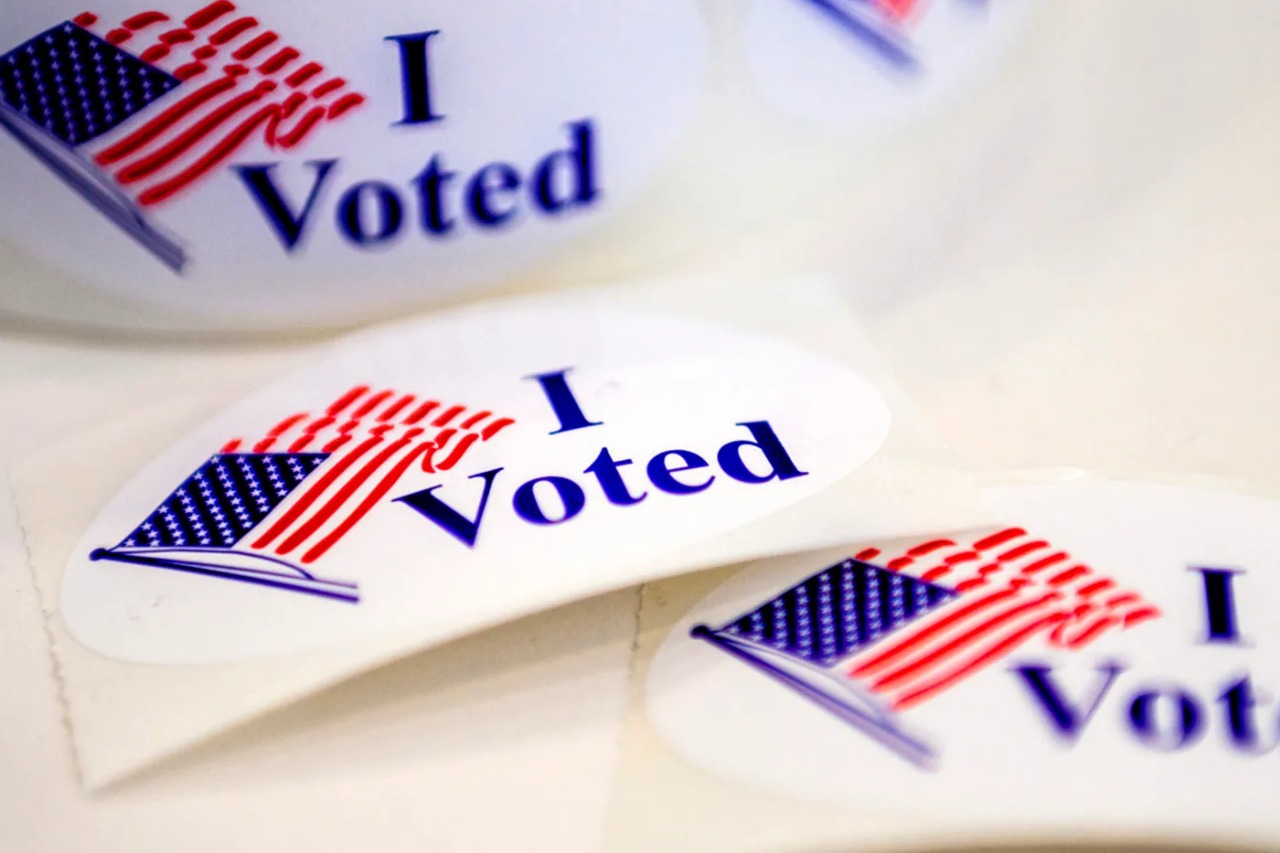Why Do Some Polls Get Election Predictions Wrong?
Why Do Some Polls Get Election Predictions Wrong?
by Gotham Polling

Despite advances in methodology, high-profile misses—like the 2016 U.S. presidential vote—raise questions about polling reliability. In General Polling, understanding why errors occur helps refine future practice. Gotham Pollingexamines common pitfalls and our strategies for avoiding them.
1. Sample Bias
Undercoverage: Excluding certain demographics—such as young voters or rural residents—undermines accuracy.
Overreliance on Landlines: Polls that fail to adequately reach mobile-only households skew older.
2. Weighting Errors
Misaligned Benchmarks: Basing weights on outdated census projections can misrepresent real-time shifts.
Overweighting Small Subgroups: Excessive adjustment for hard-to-reach groups increases variance.
3. Late Swings and Shy Voters
Last-Minute Decisions: Voters deciding in the final days may not be captured by early polling waves.
Social Desirability Bias: Some respondents conceal their true preferences, especially on controversial topics.
4. Question Wording and Order Effects
Leading Questions: Slightly biased phrasing can nudge opinions.
Context Effects: Earlier questions influence responses to later ones, distorting intentions.
5. Nonresponse and Technological Challenges
Declining Response Rates: Busy lifestyles and poll fatigue reduce participation, heightening nonresponse bias.
Automated Screening: Call-blocking and spam filters prevent access to certain populations.
Gotham Polling’s Quality Controls
At Gotham Polling & Analytics, we mitigate these risks by:
Employing multimode surveys (online, phone, face-to-face) to broaden reach.
Continuously updating weighting benchmarks with real-time demographic data.
Conducting split-sample experiments to detect question framing effects.
Applying advanced nonresponse correction techniques grounded in behavioral modeling.
Conclusion
No polling operation can guarantee flawless predictions, but rigorous design, adaptive weighting, and transparent reporting are vital. To learn more about Gotham Polling’s commitment to accuracy in General Polling, visitgothampolling.comand review our methodology notes.

